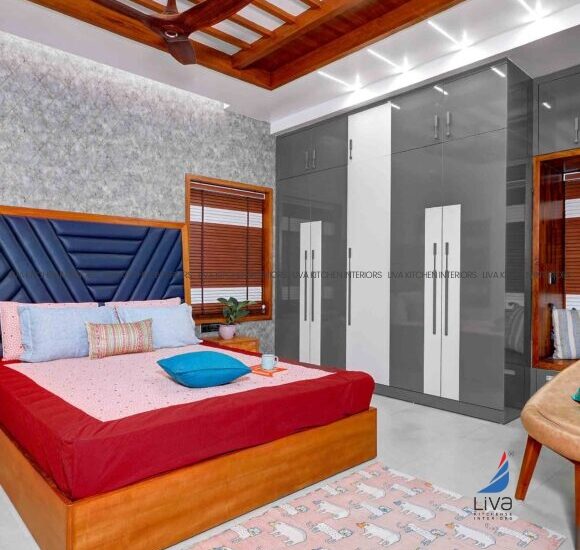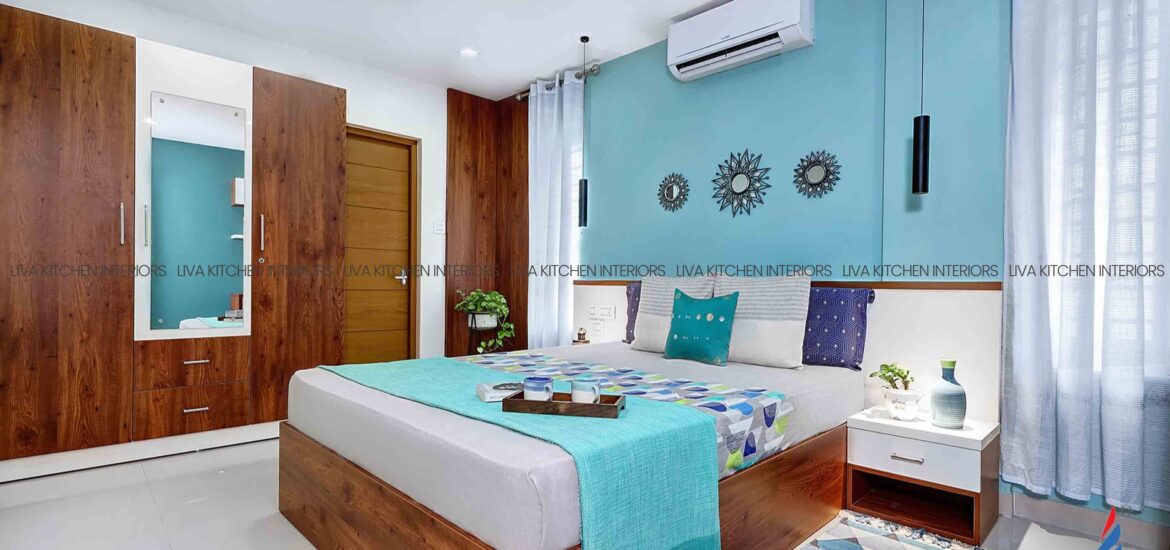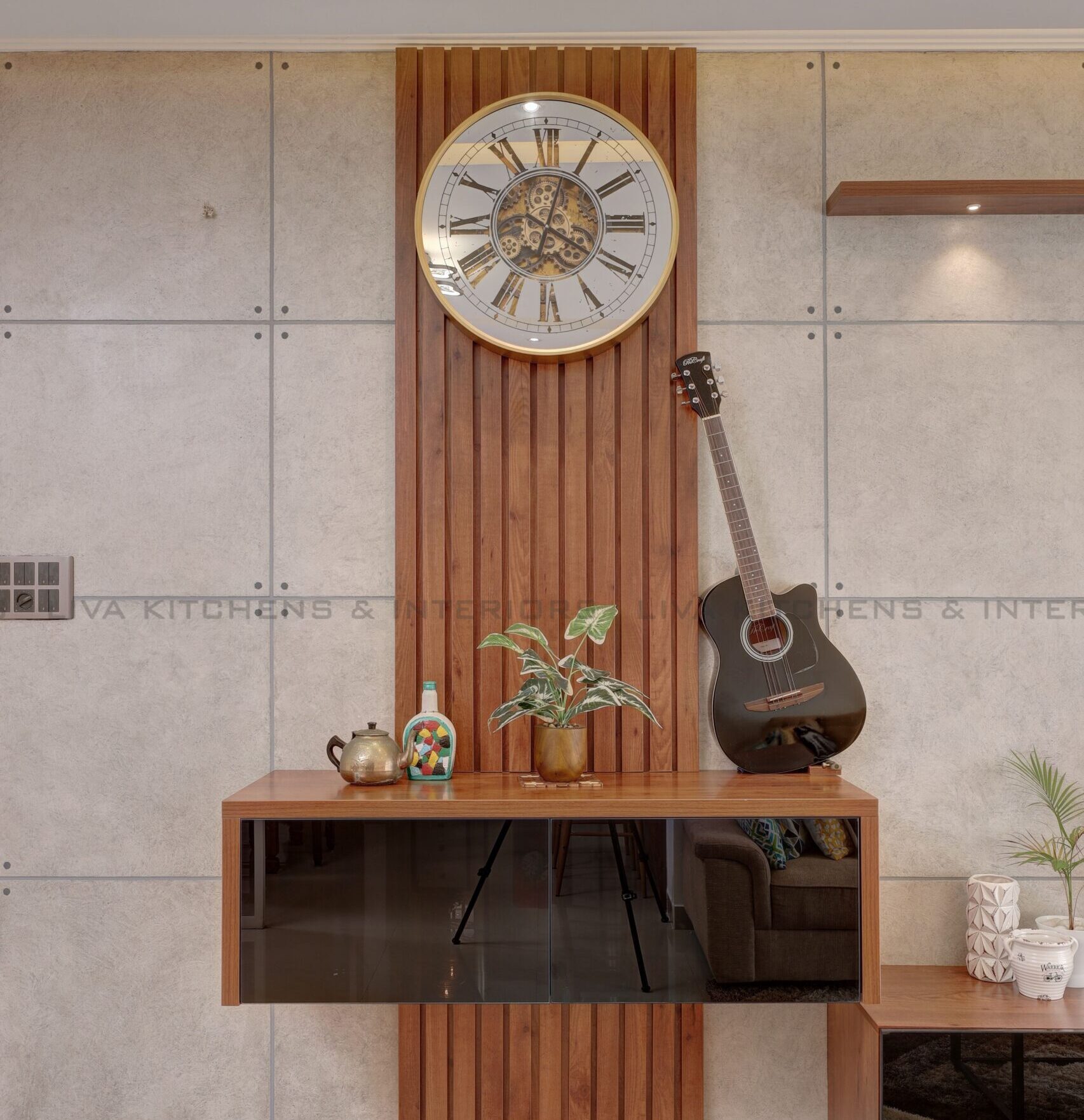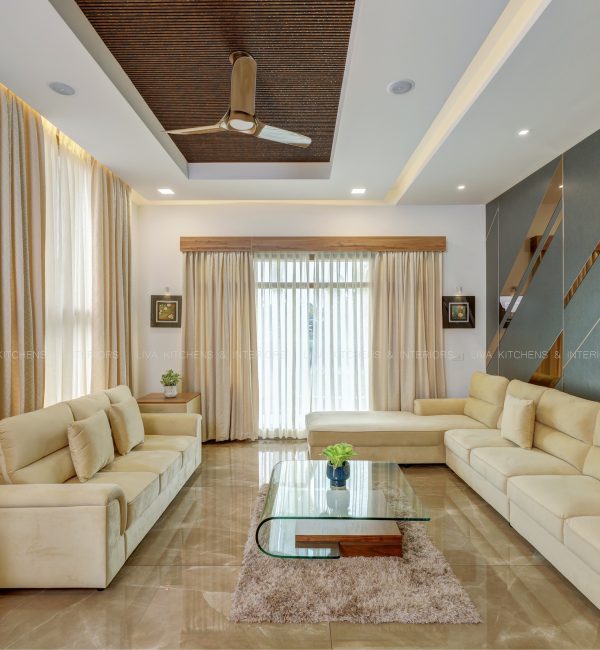The Rise of Biophilic Design: Bringing Nature Indoors
1. What is Biophilic Design?
2. Health and Well-being Benefits
The rise of biophilic design is strongly tied to the growing understanding of its health benefits. Numerous studies have shown that exposure to nature, even indirectly, can significantly reduce stress levels, increase productivity, and improve mental clarity. In the context of home design, incorporating natural elements can provide a sense of peace and tranquility, making it easier to relax and recharge after a long day.
The use of natural materials like wood, stone, and organic fabrics in modular furniture or architectural details adds not only visual appeal but also sensory appeal. These materials have a calming effect and create an environment that supports emotional and physical well-being.
3. Integrating Plants for a Lush Environment
4. Maximizing Natural Light
A fundamental aspect of biophilic design is the emphasis on natural light. Large windows, open spaces, and strategic placements of reflective surfaces help maximize the amount of daylight in a room. Natural light has been shown to enhance mood, improve sleep patterns, and boost productivity.
Consider designing spaces with modular furniture that allows for unobstructed views of the outside or with layouts that enable the free flow of light throughout the room. At Liva Kitchens & Interiors, we offer customizable kitchen and living room solutions that can be designed to maximize natural light, allowing for an open and airy ambiance.
5. Natural Materials in Furniture and Finishes
6. Textures Inspired by Nature
7. Water Features for a Soothing Ambiance
8. Connecting to the Outdoors with Indoor-Outdoor Flow
One of the main principles of biophilic design is to blur the boundaries between the indoors and outdoors. This can be achieved through the use of large windows, sliding glass doors, and open floor plans that extend living spaces to outdoor areas. An outdoor living room or a garden connected to your kitchen can create a seamless transition between nature and home.
If you have outdoor space, consider how modular furniture can be used both indoors and outdoors, creating a harmonious connection with nature. Liva Kitchens & Interiors can design your kitchen or living room with both indoor and outdoor flexibility, helping you embrace biophilic principles.
9. Colour Palettes Inspired by Nature
Colour plays a significant role in biophilic design, as certain hues can evoke natural environments and help create a sense of calm and balance. Earthy tones like greens, browns, and blues are commonly used, reflecting the colours found in nature. Soft neutrals and muted colours create a peaceful backdrop, while pops of green from plants bring life and vibrancy.
In your interior design, consider using a colour palette that draws inspiration from nature’s elements—think forest greens, ocean blues, sandy beiges, and stone greys. Modular furniture in these tones, combined with natural textures, can transform your home into a sanctuary inspired by the beauty of the natural world.
10. Sustainable Design Practices
Final Thoughts
As the world becomes more fast-paced and technology-driven, biophilic design offers a way to reconnect with the natural environment and create spaces that promote well-being, productivity, and tranquility. By incorporating elements like plants, natural materials, and plenty of natural light, you can transform your home into a peaceful retreat that brings the outdoors in.
At Liva Kitchens & Interiors, we specialize in creating modular furniture solutions that can seamlessly integrate biophilic design principles into your home. Whether it’s a sustainable kitchen with natural materials or a living room with modular seating and plant features, we can help you create an interior that fosters connection, calm, and a deeper bond with nature.




